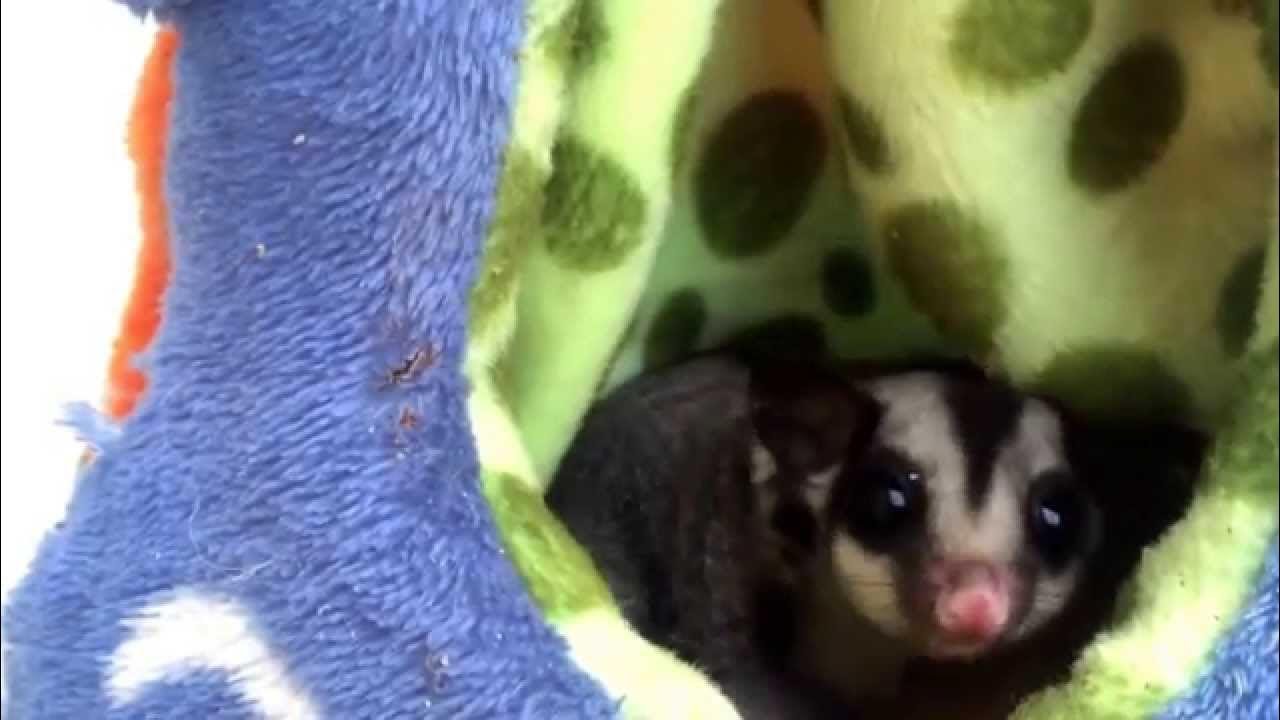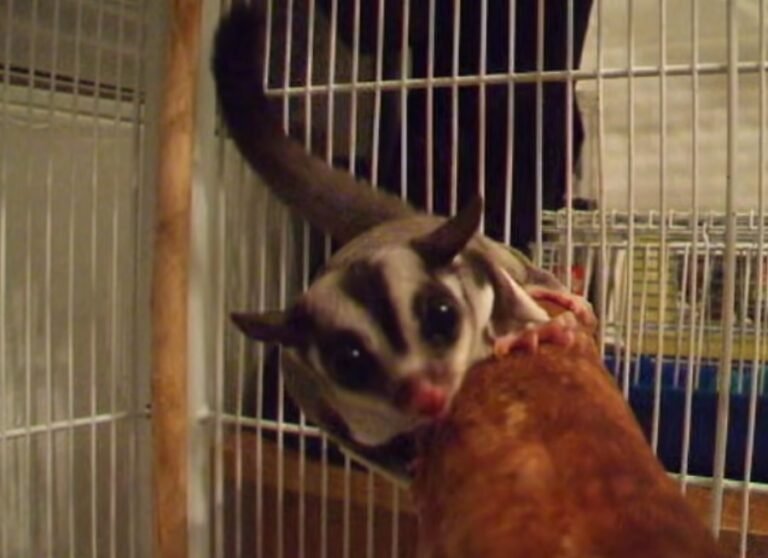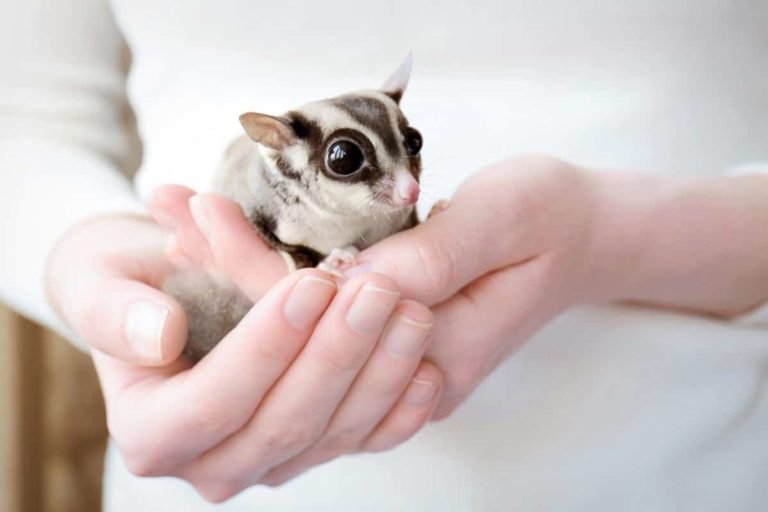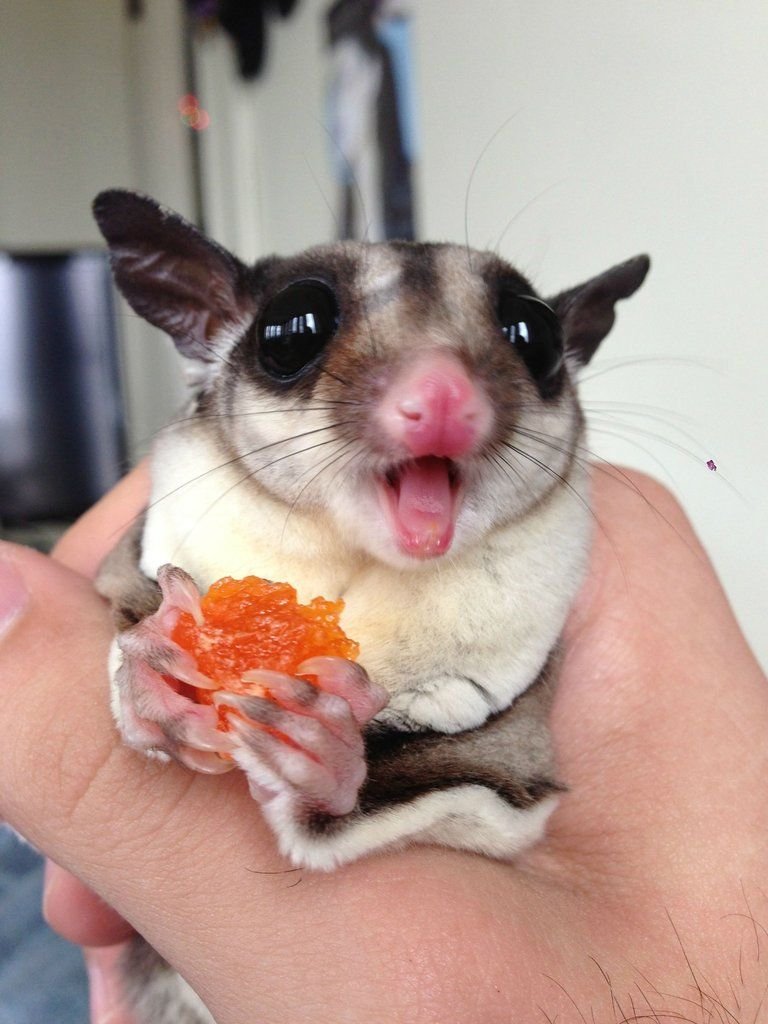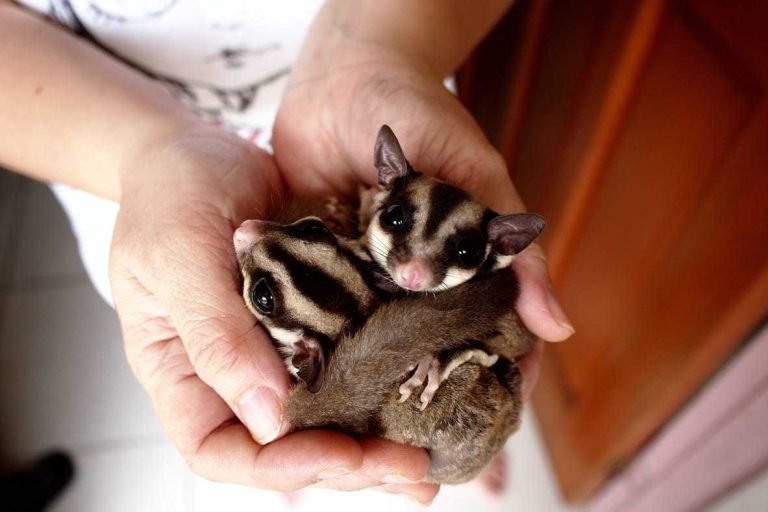Crabbing Sugar Glider
Crabbing Sugar Glider: Everything You Need to Know
Are you a fan of exotic pets? If so, have you ever considered owning a sugar glider? These small, nocturnal creatures are not only adorable, but they also make fantastic pets. One peculiar behavior that sugar gliders exhibit is called “crabbing.” But what exactly is crabbing and why do sugar gliders do it? In this article, we’ll explore all there is to know about crabbing sugar gliders.
Crabbing, as the name suggests, refers to a vocalization made by sugar gliders that sounds similar to a crab’s click or a dog’s growl. It is a defensive behavior displayed when a sugar glider feels threatened or frightened. Sugar gliders are naturally social animals that thrive in groups, so when they are taken out of their comfort zone, they may experience stress and resort to crabbing as a way to protect themselves.
Reasons Behind Crabbing
There are several reasons why sugar gliders may begin to crab, and understanding these reasons can help you address the issue appropriately.
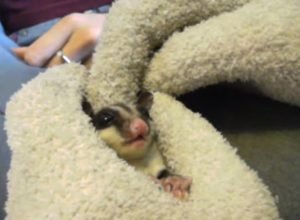
1. Fear or Anxiety: Sugar gliders are sensitive creatures, and sudden changes in their environment or interaction with unfamiliar individuals may trigger fear or anxiety, causing them to crab. It’s essential to create a calm and secure environment for your sugar glider to minimize stress.
2. Territorial Behavior: Sugar gliders are naturally territorial and may act defensively if they feel their space is being invaded. This behavior is more common in male sugar gliders who are protecting their territory from potential rivals.
3. Health Issues: In some cases, sugar gliders may crab due to underlying health issues or pain. If your sugar glider’s crabbing is accompanied by other abnormal behaviors or physical symptoms, it’s crucial to seek veterinary attention.
How to Handle Crabbing Sugar Gliders
Dealing with a crabbing sugar glider requires patience, understanding, and a gentle approach. Here are a few tips to help you handle your crabbing sugar glider effectively:
1. Stay Calm: It’s essential to remain calm and composed when your sugar glider starts crabbing. Sudden movements or loud noises may escalate their fear, leading to more crabbing. Speak softly and move slowly to reassure your pet.
2. Build Trust: Building trust with your sugar glider is key to reducing crabbing episodes. Spend time bonding with your pet by talking to them, offering treats, and handling them gently. Over time, they will associate your presence with positive experiences, reducing their instinct to crab.
3. Identify Triggers: Observe your sugar glider’s behavior and try to identify the triggers that lead to crabbing. Is it a specific noise, certain movements, or something else? By understanding these triggers, you can avoid them or gradually expose your sugar glider to them in a controlled and positive manner.
Frequently Asked Questions
1. Can all sugar gliders crab?
Yes, all sugar gliders have the ability to crab. However, some gliders are more prone to crabbing than others due to their individual temperament and past experiences. Proper socialization from a young age can help minimize crabbing behavior.
2. Is crabbing dangerous?
Crabbing itself is not dangerous. It is simply a defensive mechanism used by sugar gliders to protect themselves. However, it’s crucial to approach your sugar glider calmly and avoid actions that may cause them distress or further escalate their behavior.
3. How long does crabbing behavior last?
The duration of a sugar glider’s crabbing behavior can vary. Some gliders may only crab for a few seconds or minutes, while others may crab for an extended period. By addressing the underlying cause and providing a safe and comfortable environment, the frequency and duration of crabbing episodes can be reduced over time.
Final Thoughts
While crabbing can be initially alarming for new sugar glider owners, it’s important to remember that it is a natural behavior and a form of communication for these small creatures. By understanding the reasons behind crabbing and addressing them appropriately, you can build a trusting relationship with your sugar glider and help them feel safe and secure in their new environment. With patience and love, you’ll be able to enjoy the company of your happy and content crab-free sugar glider companion.

